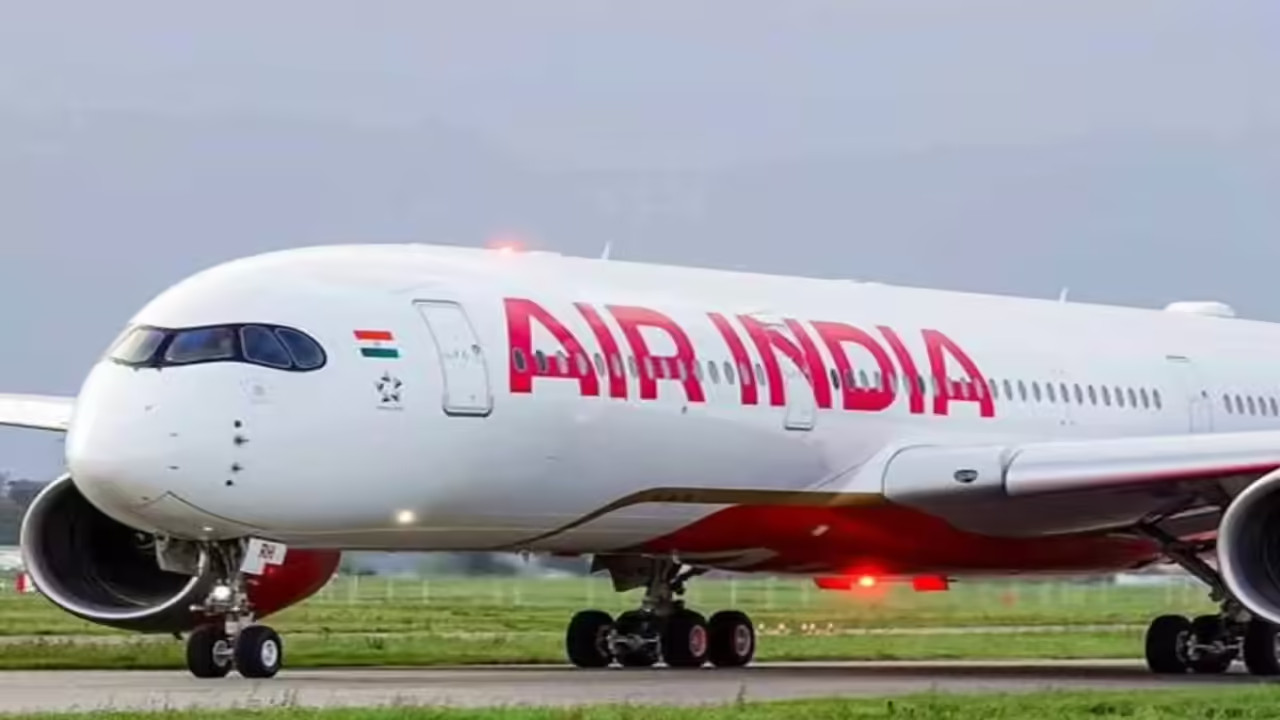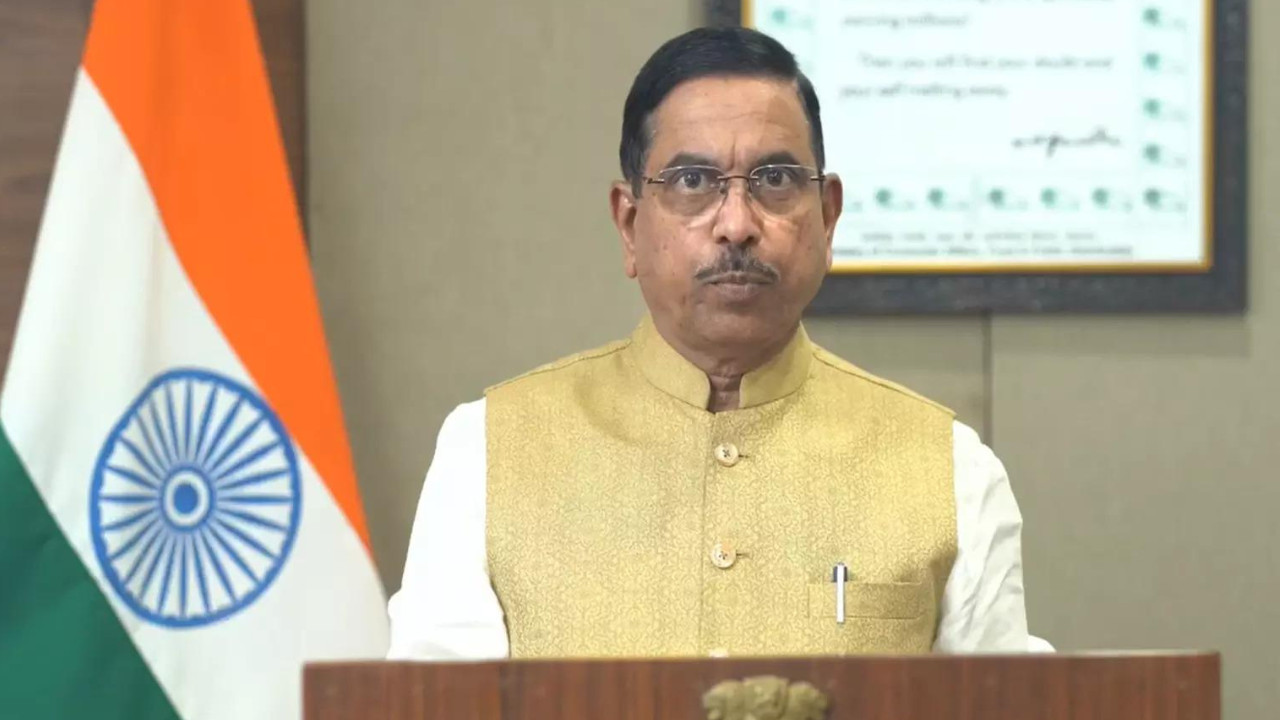Navigating Choppy Waters: India’s Stance on Russia Trade Amid US Pressure
The global chessboard of international trade is rarely simple, but lately, it feels more like a multi-dimensional Rubik’s Cube. Recent rumblings from Washington concerning India’s trade relationship with Russia have added another layer of complexity, prompting cautious responses from both Indian and US officials. Let’s unpack what’s happening and why it matters.
The Murmurs from Across the Pond: Potential Penalties?
Whispers of potential penalties against India for maintaining trade ties with Russia have begun circulating, particularly in light of the ongoing conflict in Ukraine. While no concrete measures have been announced, the possibility alone has stirred considerable debate. The US has made it clear that it expects its allies and partners to curtail economic engagement with Russia, aiming to squeeze Moscow’s financial lifeline. But India, with its own set of strategic and economic priorities, is treading a delicate path.
India’s Balancing Act: Economic Needs and Geopolitical Realities
India’s response has been one of measured diplomacy. Officials in Delhi have emphasized the country’s need to secure affordable energy and maintain stable trade relationships, particularly in a volatile global market. Russia has historically been a significant supplier of defense equipment and, more recently, energy resources to India. Severing these ties abruptly could have significant repercussions for India’s own economy and security.

Furthermore, India has consistently advocated for dialogue and diplomacy to resolve the conflict in Ukraine, maintaining a neutral stance and refraining from explicitly condemning Russia. This position, while drawing criticism from some quarters, reflects India’s long-standing policy of non-alignment and its desire to maintain constructive relationships with all major global powers. It’s a high-wire act, demanding careful consideration of both economic and geopolitical factors. You can read more about India’s foreign policy approach on our [International Relations](internal-link) page.
The US Perspective: A Balancing Act of Its Own
The United States, while firm in its stance against Russia, also recognizes the strategic importance of its relationship with India. India is a key partner in the Indo-Pacific region, crucial for countering China’s growing influence. Punishing India too severely could inadvertently push it closer to Russia or China, undermining US strategic goals in the region.
Therefore, the US approach has been one of careful calibration. While expressing concerns about India’s trade with Russia, Washington has also engaged in ongoing dialogue with Delhi, seeking to understand its position and find ways to mitigate the impact of the conflict. The focus seems to be on persuasion and finding mutually acceptable solutions, rather than resorting to outright punitive measures.
Navigating the Future of India-Russia Trade
The situation remains fluid, and the future of India-Russia trade will depend on a number of factors, including the evolving geopolitical landscape, the trajectory of the conflict in Ukraine, and the ongoing dialogue between India and the United States. It is anticipated that India will continue to diversify its energy sources and trade partners, reducing its reliance on any single country. The pressure from the US might hasten this diversification process, as India seeks to mitigate potential risks and maintain its strategic autonomy.
Ultimately, the delicate dance between competing interests and priorities will determine the next steps. India’s ability to navigate these choppy waters will be crucial not only for its own economic well-being but also for the broader stability of the Indo-Pacific region. The conversation surrounding India-Russia trade will continue to be a central topic in geopolitics for the foreseeable future.







